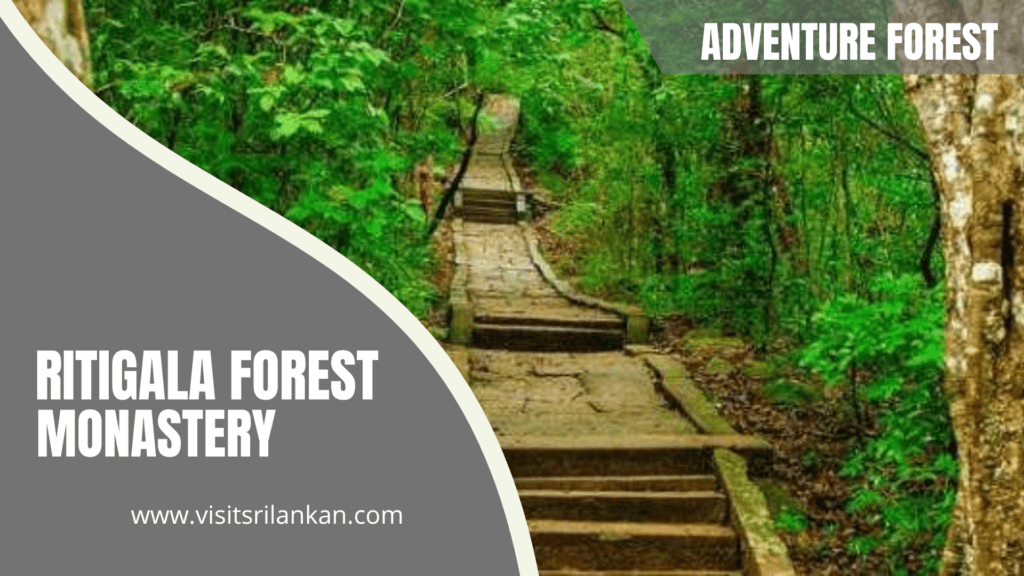Introduction
Nestled amidst the lush greenery of Sri Lanka, the Ritigala Forest Monastery stands as a majestic testament to ancient Buddhist heritage. This secluded sanctuary, enveloped by the serene Ritigala mountain range, has captured the imagination of countless visitors for centuries. In this article, we delve into the mystical charm of the Ritigala Forest Monastery, exploring its history, architecture, and significance in the Buddhist world.
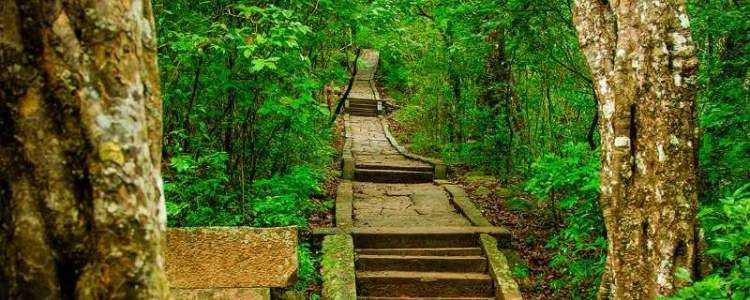
Unveiling the Enigma: The Legend of Ritigala
The first whispers of Ritigala’s existence date back to the ancient chronicles of Sri Lanka. Legend has it that the monastery traces its roots to the time of Lord Buddha himself, who, during his third visit to the island, blessed this land with his divine presence. As the story goes, a fragment of the Buddha’s skull bone was enshrined here, making Ritigala a sacred place of veneration.
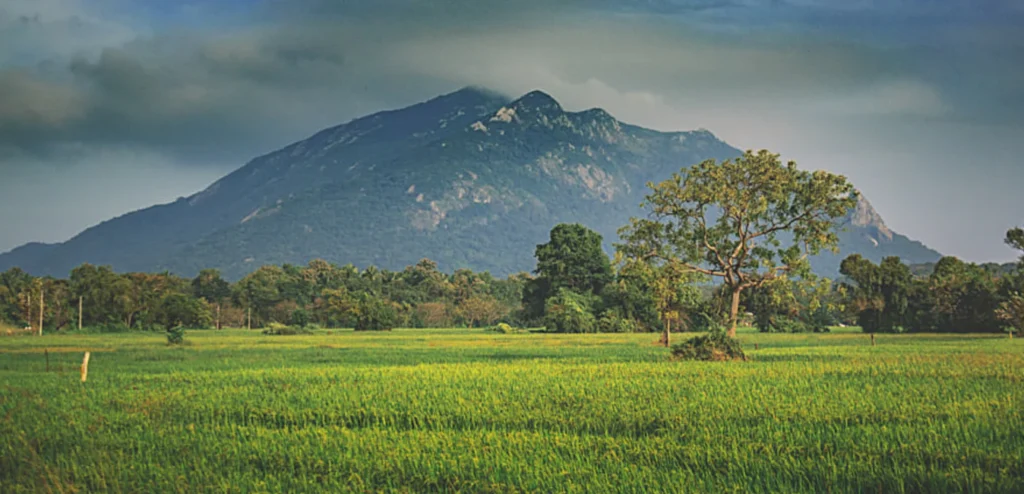
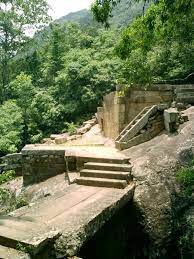
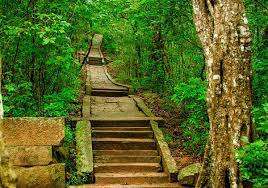
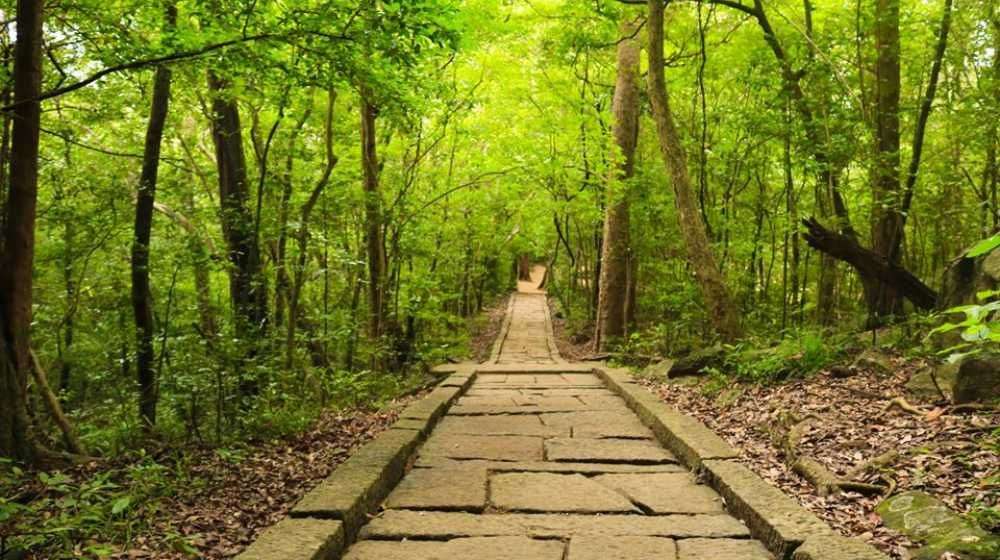
The Archaeological Wonder: Ritigala’s Layout and Architecture
1. The Lost City within the Forest
Ritigala Forest Monastery spans a vast area of approximately 24 square kilometers, boasting a complex network of pathways, stairways, and buildings. This ancient monastic city lay hidden amidst the dense forest for centuries, gradually revealing its archaeological wonders to modern-day explorers.
2. The Terrace Complex
One of the most striking features of Ritigala is its unique terrace complex. This series of terraces, aligned with remarkable precision, once hosted meditation cells and other monastic structures. The layout showcases a remarkable understanding of ancient architecture and town planning.
3. The Meditation Ponds
Scattered throughout the monastery, the meditation ponds offer a glimpse into the spiritual practices of the monks who once resided here. These reservoirs served both as water sources and serene spots for meditation and contemplation.
4. The Stone Inscriptions
Steeped in history, Ritigala boasts several stone inscriptions that provide valuable insights into the daily lives and religious practices of its inhabitants. These inscriptions remain a fascinating puzzle for historians and archaeologists to decipher.
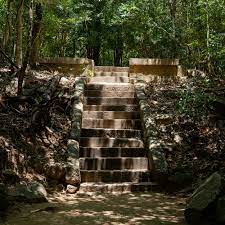
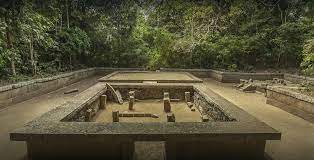
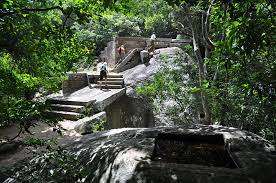
The Monastic Life: Ascetics in the Wilderness
1. Solitude and Contemplation
Ritigala Forest Monastery was renowned for attracting hermit monks seeking solitude and seclusion. Far away from the hustle and bustle of civilization, these ascetics delved deep into their spiritual journey, finding peace amidst nature’s embrace.
2. The Monk’s Routine
Through the annals of time, the monastery’s residents followed a strict routine, revolving around meditation, prayer, and self-discipline. Their austere lifestyle reflected a profound commitment to the teachings of Lord Buddha.
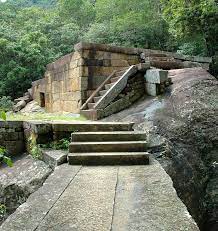
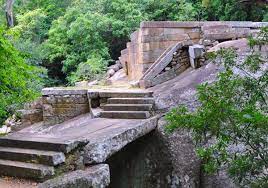
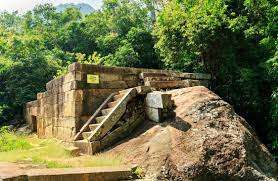
Rediscovery and Preservation: Reviving Ritigala
1. Archaeological Excavations
The 19th and 20th centuries witnessed numerous archaeological excavations at Ritigala, unearthing its ancient treasures and allowing the world to reconnect with its past. These efforts have significantly contributed to our understanding of Sri Lanka’s historical and religious legacy.
2. Conservation Initiatives
Recognizing the significance of Ritigala, various conservation projects have been initiated to preserve this cultural heritage. Such endeavors aim to safeguard the monastery for future generations and promote eco-tourism while maintaining ecological balance.
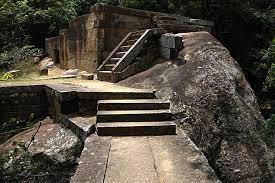
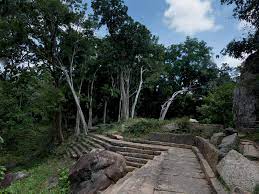

The Spiritual Journey: Visiting Ritigala Today
1. Trekking through the Wilderness
As you embark on the journey to Ritigala, you are greeted by a captivating trek through the dense forest. The lush foliage, rare flora, and wildlife sightings make the experience truly enchanting.
2. Exploring the Ruins
Stepping into the monastery is like stepping back in time. Visitors can wander through the remnants of ancient structures, imagining the spiritual fervor that once permeated these grounds.
3. Meditation and Reflection
In the midst of this tranquil haven, meditation takes on a whole new meaning. Many visitors find solace and inner peace in the embrace of Ritigala’s serene atmosphere.
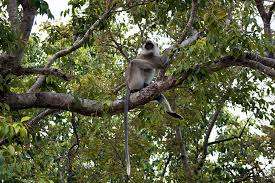
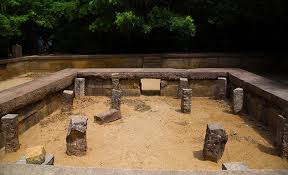
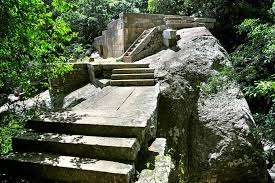

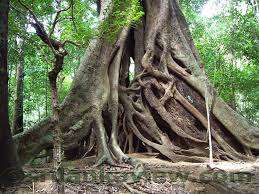
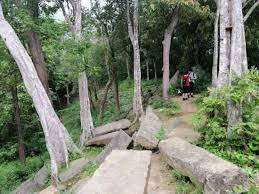
Conclusion
Ritigala Forest Monastery stands as a living testament to a bygone era of spiritual dedication and architectural brilliance. Its timeless allure beckons travelers from all corners of the world to witness the harmony between humanity and nature. As we explore this mystical sanctuary, we find ourselves entwined in the rich tapestry of history, embracing the wisdom of the ancient monks who once sought enlightenment within these sacred grounds.
FAQs About Ritigala Forest Monastery
1. Can anyone visit Ritigala Forest Monastery?
Absolutely! Ritigala Forest Monastery is open to visitors from all walks of life who wish to experience its spiritual ambiance and historical significance.
2. Are there guided tours available at the monastery?
Yes, guided tours are available, allowing visitors to gain in-depth insights into the monastery’s history and its significance in Buddhism.
3. What is the best time to visit Ritigala?
The best time to visit is during the dry season, from May to September, when the weather is pleasant and trekking conditions are ideal.
4. Is there an entrance fee to visit Ritigala Forest Monastery?
Yes, there is a nominal entrance fee to help support the maintenance and conservation efforts at the monastery.
5. Are there accommodation options near Ritigala?
Yes, there are hotels and guesthouses available in the surrounding areas, ensuring a comfortable stay for visitors.
